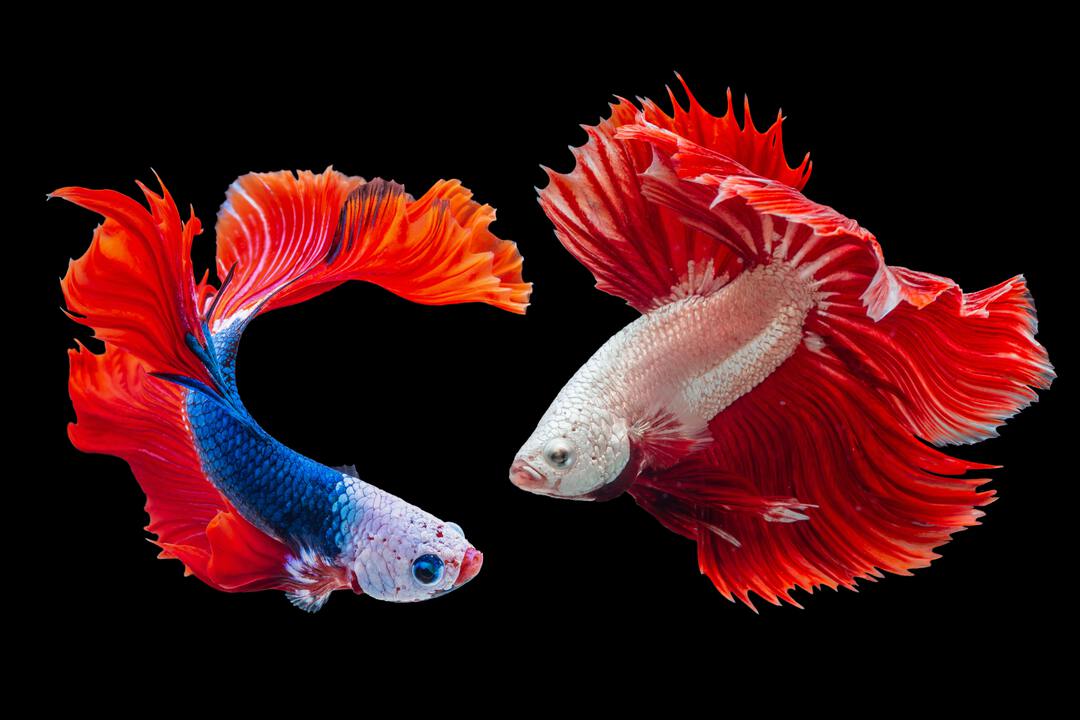Goldfish have been kept as pets for hundreds of years. Nowadays, though, it’s not uncommon to find goldfish in urban ponds, streams, and other waterways.
Unfortunately, many people release their pet fish into the local waterways or urban ponds once they grow tired of them or can’t take care of them anymore.
For many, adding a few small fish to foreign waterways may seem harmless. In fact, people often believe they’re doing what’s best for their pet by allowing them to live out their life in the wild. Although that may be true, there are negative consequences of introducing goldfish to environments to which they aren’t native.
Harmless-looking invaders
Goldfish have fast reproductive rates and are able to tolerate harsh environmental conditions such as low water oxygen concentrations. This makes them tenacious invaders, able to compete with and crowd out species native to the area. Though there are several established populations of goldfish in some Canadian waterways, they are considered an invasive species and have contributed to significant habitat degradation.
Nicholas Mandrak, a professor in the Department of Biological Sciences at UTSC, is investigating the presence and impact of goldfish in urban ponds. Mandrak’s research project aims to determine the risks that goldfish pose to waterways as they go from ponds into the wild.
One issue of concern is that goldfish being released are potentially going through rapid evolution which could allow them to survive the extreme environments found in urban ponds, such as the higher temperatures and low oxygen concentrations that are predicted to be exacerbated by climate change. If these ponds are indeed making goldfish better adapted to climate change, they would be well equipped to outcompete wild goldfish and other native species in the wild.
A unique consequence of goldfish being released into urban ponds is that these fish can grow to very large sizes. Goldfish rarely grow over six inches when they’re kept in household aquariums, due to the limitations of their habitat. However, in the wild, so-called ‘monster goldfish’ have been spotted in several locations. Their lack of natural predators and ever-warming waters contribute to the opportunity these fish have to grow to several pounds in size.
They may be cute, but they can wreck ecosystems
Unfortunately, goldfish bring a whole host of problems to foreign ecosystems. They are voracious eaters, they degrade wetland habitats important for the spawning of native species, and they stir up mud, clouding the water and making it difficult for other organisms to breathe and see. They can also introduce foreign parasites and diseases that can propagate and cause harm throughout an ecosystem.
Goldfish typically spawn when there is a change in temperature. So, if water temperatures start increasing earlier due to climate change, goldfish will reproduce more often and therefore increase the negative effects they cause every year.
Mandrak’s research is contributing to a collaborative effort with other researchers on different aspects of urban ponds. His team is also collaborating with the Walpole Island First Nation, Ontario Streams, Ontario Nature, Nature Conservancy of Canada, McGill University, University of Windsor, and the Toronto and Region Conservation Authority on this project.
The public can play an important role in preserving natural environments by learning how to avoid accidentally spreading invasive species. In particular, don’t release pet fish into Ontario waterways. Instead, return them to a pet store or donate them to another person or facility.
Additionally, cleaning and drying your boat, trailer, and other outdoor equipment before using them helps ensure no unwanted hitchhikers get released into another ecosystem. The Ontario government also has a toll-free hotline where people can report invasive species spotted in the wild.


